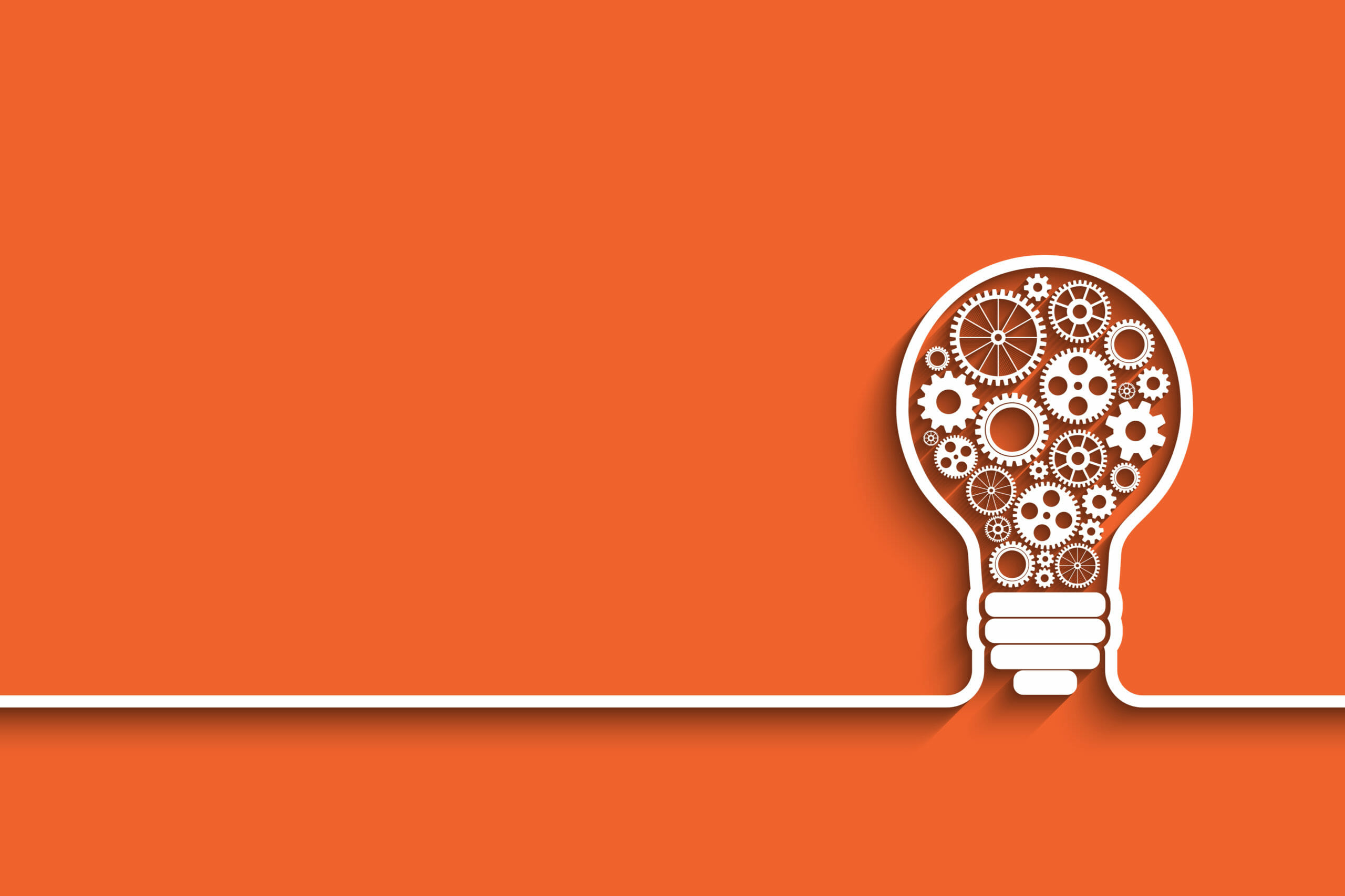When was the last time you learnt a new language? Starting a new role in an unfamiliar domain can feel exactly the same. Whether you're transitioning from healthcare to fintech, audit to retail or insurance to gaming, the challenge of becoming proficient can seem daunting. The challenge becomes even more significant when you're expected to deliver impactful results quickly. However, with the right approach and mindset, you can navigate this journey successfully and make meaningful contributions within your first six months.
My personal journey began when I joined as a Product Manager in the supply chain domain — an industry completely new to me. Despite the initial learning curve, I managed to deliver a high-impact 0-1 product quickly. Here’s a comprehensive guide based on my experience:
The foundation of success in a new domain lies in intensive knowledge acquisition. During my initial weeks, I immersed myself in industry reports and internal documentation. This process is crucial for building a solid understanding of the domain.
A key differentiator in my journey was SQL proficiency. I spent hours querying the data and asked questions to my team members. Being able to independently explore data, understand patterns, and draw insights gave me autonomy and credibility. Consider identifying similar technical skills that could become your "secret weapon" in your new domain. For instance, if you're working in a highly technical field, learning a relevant coding language or understanding the basics of system architecture can be invaluable.
It’s also essential to identify domain-specific jargon and acronyms early on. I created a glossary for my reference, which I shared with others who were new to the team or domain.
Your team’s collective experience is an invaluable resource. Schedule one-on-one meetings with team members to understand their experiences, challenges, and successes. These conversations serve multiple purposes:
Take detailed notes during these discussions and look for recurring themes. Use this information to guide your priorities and approach. Share it with others and create a win-win atmosphere for all around you.
Don’t let the fear of appearing incompetent hold you back. Remember that your team hired you knowing your background and saw potential in your ability to bring fresh perspectives and generate outcomes.
Documentation is a powerful tool for building credibility. Create comprehensive notes about your learnings and share them with your team. Whether you’re using Confluence, SharePoint, Notion, or Google Docs, building a knowledge repository demonstrates your progress and helps future team members.
Another way to build credibility is by delivering quick wins. Focus on smaller, high-impact initiatives early on to establish your reliability and build momentum for larger projects. Start with smaller features, gain your team’s confidence, and aim for the bigger module or a new product delivery.
When contributing ideas, adopt a collaborative approach. Instead of saying, “This process won’t work,” try, “I noticed this approach, and I’m wondering if we’ve considered any other ideas?” This shows respect for existing systems while opening discussions for improvement.
Active listening is equally important. Pay attention to the opinions of what your colleagues share and ask thoughtful follow-up questions. This not only deepens your understanding but also demonstrates your genuine interest in their perspectives.
Success in a new domain relies heavily on these fundamental skills:
Refine these skills continuously. Seek feedback from peers and mentors to identify areas for improvement.
As you gain confidence, you’ll face increasingly complex situations. Share your perspectives on challenging topics while maintaining professionalism and openness to other viewpoints.
Learn to say no constructively. When feature requests don’t align with user needs or timeline constraints, communicate your concerns backed by data and well-developed intuition. For example, instead of outright rejecting an idea, you could say, “This is an interesting concept. However, based on our current priorities and resources, I’d suggest re-evaluating this during next product planning”. I still sometimes struggle to say no. But I have realized that if I am not comfortable saying no now, how can I expect to be comfortable saying why we didn't deliver on time later?
Strategic thinking also involves balancing short-term wins with long-term goals. While it’s important to deliver results quickly, ensure that your decisions align with the broader vision and objectives of the organization.
Remember, the goal isn’t to become an overnight expert, but to build a sustainable foundation for long-term success. Aim to be someone who can tackle difficult problems without being difficult to work with.
Invest in continuous learning. Attend industry conferences, participate in webinars, and engage with thought leaders in your domain. Staying updated on trends and innovations will keep you ahead of the curve.
Also, focus on creating scalable solutions. When building a 0-1 product, think beyond the immediate needs. Design systems and processes that can adapt and grow with the business. For instance, if you’re developing a tool for managing purchase orders, consider how it might integrate with future systems or accommodate additional use cases.
Transitioning into a new domain and delivering impactful results within six months is a challenging yet rewarding journey. By embracing the learning phase, leveraging collective wisdom, and building credibility, you can set a strong foundation for success. Developing a core toolkit, thinking strategically, and focusing on long-term growth will ensure that your contributions have lasting value.
The key is to maintain a balance between quick learning and thoughtful execution, always keeping your users’ needs at the center of your decisions. With patience, persistence, and a growth mindset, you can navigate any new domain and make a meaningful impact. If I can do it, you can, too.








